How to Write a Blog Entry
My career has taught me to think of many things as a process. In that spirit, what follows is a process you can follow if you are interested in writing blog entries and becoming a blogger, something I highly recommend if you need an artistic outlet. I originally wrote this entry in 2011, and while I don't always stick to the process, it works very well as a structured approach to writing a blog entry.
Writing a blog entry is not all that different from writing a paper for school, a letter with a specific purpose, or teaching a short subject to a group of people. It differs from a newspaper article in that the author wants you to read the entire entry, not just get the main points from the first sentence or two, after which, the continuation of reading becomes optional. A well-structured blog entry follows a logical process from start to finish and makes a clear case or point in 500-700 words on average. The process in the form of a mind map is shown below:
The beginning is an introduction and/or an icebreaker. It serves the purpose of getting the reader’s attention and answering the non-altruistic question “what is in it for me?” that the reader needs to justify their continued interest. It is reinforced by an open-end thought, a question, or a statement with conviction that sets up the main argument, discussion, or message that the writer wishes to convey. Would you like to learn a process for authoring effective blog entries?
What follows in the main body is a systematic use of a series of arguments and examples that support the argument. They can be in almost any order, most important to least important, and vice versa, chronological, or in an order that best guides a specific thought process. What your opinion on a given subject was ten years ago, five years ago, and now. The order is also very dependent on the subject; in cases where you wish to create an emotional reaction, the order would be additive, whereas if you wish to diffuse the order would be subtractive or negating. Gain buy-in step by step with easier things to accept first, or in a reverse manner wherein a full goal is reduced gradually to what action you want from the reader. I will be taking part in a 100-mile bicycle ride or marathon for charity which supports this important cause, my goal is to raise $500 for this charity in the next four months, $125 each month and I would like each of my friends to help me with a $10 donation.
The next step in the process is what an instructor refers to as a test for understanding. It is a summary of the points that you have just made given back to you by your students. In the case of a written entry, it is the call to action for the reader. Do you know how you can help me reach my goal? Support me with a $10 donation by clicking the following link: <link entry or address inserted here>. I didn’t forget the link, I have written a 100-mile bike ride in over a decade!
The last element is the summary and conclusion. No new information in this portion; just what you’ve already said, a reinforcement of your convictions and a thank you if it is appropriate. I am looking forward to achieving my fundraising goal and an enjoyable bicycle ride to support my charity and all of the people that will benefit as a result. Thank you for your help in advance. A graphic or picture is optional but useful and should be near the beginning of the entry. That’s the process in a nutshell, and as I am watching the word counter, in about 550 words.

